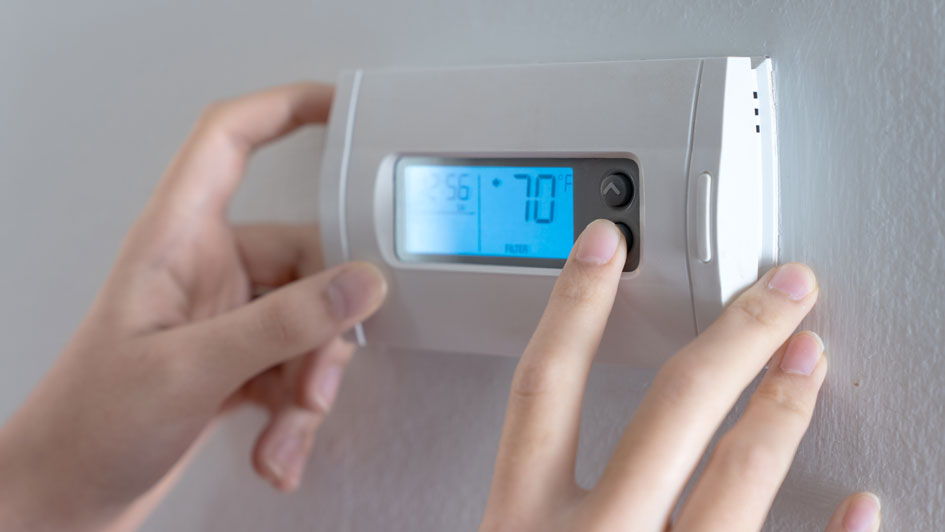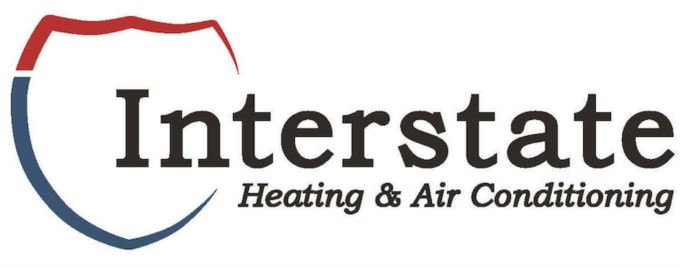
It's always nice when we manage to save money on our utility bills, but it just so happens there’s a way to keep costs down, even when you're out of the house.
The key is your thermostat. By making the most out of your thermostat, you can structure its daily schedule around your personal preferences. That means you can have different temperature settings for when you’re home, away or even when you’re asleep.
If you're willing to make these adjustments, you'll be able to enjoy comfortable temperatures while also keeping more of your money. Check out our guide on how your thermostat can save you money in the summer:
While at Home
When you’re home, you want to enjoy a comfortable temperature. That’s why it’s best to set your thermostat lower in the summer while you are in the house to appreciate the cool air.
But the ideal temperature for when you're in your home during the summer is in fact anywhere between 78 and 80 degrees Fahrenheit. This way, you'll keep cool while keeping your energy bill more manageable.
While Away
When it comes to setting the temperature for when you are out of the house in summer, it’s advantageous to set the thermostat higher than you would if you were in the house.
If your home is located somewhere a little cooler, you can set the thermostat to temperatures as high as 88 degrees while no one is home and then lower it back to the sweet spot of 78-80 degrees once you're home again. This way, your air conditioning won't have to work constantly to cool an empty house.
While Sleeping
For a full night's rest during summer weather, you want a nice cool temperature. A good rule of thumb is between 68-72 degrees Fahrenheit. This will keep you from getting too hot or too cold at some point overnight.
Other Strategies for Lowering Energy Use:
- Install a smart thermostat: Switching to a smart thermostat in the summer is an excellent way to reduce energy costs as it forms temperature schedules according to your lifestyle and personal preferences. It'll take care of making changes while you are home or sleeping, before allowing it to get warmer when no one is around. Using reputed brands and models such as the Lennox iComfort, you are able to adjust settings and schedules through your smartphone, tablet or laptop. Requesting smart thermostat installation in your Omaha home is an effortless way to set the correct temperature whether you're at home or across the country.
- Replace current equipment with a newer HVAC system: A high-efficiency HVAC system is another great option for long-term energy savings. With greater energy efficiency, you can also count on lower utility bills since more efficient equipment requires less energy to reach your preferred temperatures. Air conditioning installation in Omaha is only a phone call away, so don't hesitate to reach out to local pros like Interstate Heating & Air Conditioning who can set you up for success.
- Keep up with AC maintenance: Hiring a skilled professional to perform regular air conditioning maintenance in Omaha can have a serious effect on your total monthly energy use. If you stay on top of cleaning key components like the coils, checking for damage and clearing ventilation of dust and debris, you may notice your HVAC system run more efficiently. Increasing efficiency also limits strain on the unit and lowers operational costs, leading to lower energy usage, which translates into lower energy bills.
- Clean or replace the air filter on a regular basis: Cleaning or replacing the air filter regularly saves money by helping air flow efficiently through your air conditioner. When filters are clogged with dirt and debris, air conditioners have to work harder, and the added strain may impact the system’s life span and lead to breakdowns.
- Verify your attic has enough insulation: Insulation is a crucial component for any energy-efficient home, securing the hot air outside and the cool air inside over the summer. The North American Insulation Manufacturers Association (NAIMA) recommends that homes in the southern United States should possess at least 13-14 inches of insulation, while states further north need 16-18 inches.
- Review your air ducts: Damage to the ventilation is capable of increasing your energy bills much more than 20 percent, plus it can potentially allow harmful emissions from your water heater, clothes dryer and other appliances throughout your home. Finding any leaks fast and sealing them can fix both of those problems.
- Seal all other leaky spots in your home: Sealing leaky spots in your home with caulk, foam sealant or weather-stripping can help keep it cooler on hot summer days. Don't forget to check for any gaps around windows, doors and even outdoor fixtures. Making time to seal leaks now can help you save a lot in the long term.
